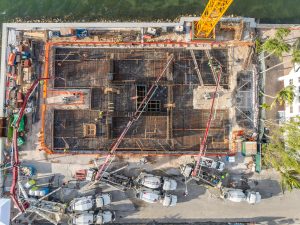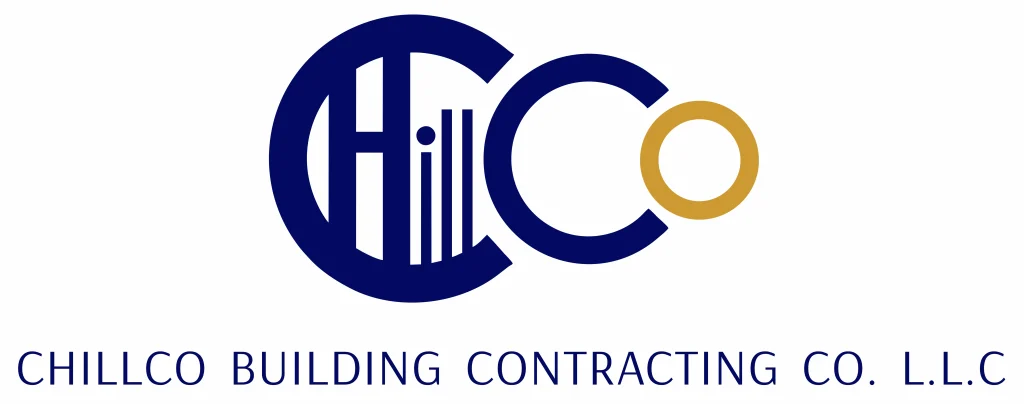
There’s something uniquely intense about working in Dubai’s construction scene. The city never really slows down. Projects launch, timelines shrink, and expectations rise — sometimes all in the same week.
But if you’ve been part of this industry long enough, you realize something: it’s not just the concrete that holds a project together. It’s the decisions — hundreds of them, made every day — that shape the outcome of a build. The success of any site isn’t luck. It’s leadership, coordination, and a refusal to settle for “almost done.”
Let’s talk about what really makes a difference when building in Dubai — not in theory, but on the ground.
1. The First 30 Days Make or Break the Job
When a new project kicks off, everyone’s excited. The permits are in, the site office is up, and there’s fresh branding on the fencing. But that first month is where the real tone gets set.
Smart contractors know that the groundwork — both literal and organizational — needs to happen fast and right. Site logistics must be nailed down. Material schedules must be locked. The chain of command has to be clear from Day 1.
Too many projects fall into a hole early, with “mobilization” becoming an excuse for weeks of drift. In Dubai, that’s dangerous. Clients here don’t tolerate sluggish starts — and they rarely forget them.
2. The Daily Briefing Is the Heartbeat of Progress
On paper, your project may have a great program. But that doesn’t matter if your daily rhythm is broken.
The most efficient Dubai sites all have one thing in common: solid daily briefings. These aren’t long-winded meetings — they’re quick, clear, and purposeful. What’s being poured today? Which subcontractor is in charge of the ceiling works? What’s the deadline for that DEWA inspection?
Everyone on-site should walk out of that briefing knowing exactly what they’re doing — and what could hold them back. In Dubai, where manpower is diverse and language gaps exist, clarity isn’t a luxury. It’s a tool.
3. Good Foremen Are Worth Their Weight in Steel
It’s easy to talk about project managers and consultants. But the truth? Most progress happens — or stalls — because of your foremen and supervisors.
These are the people who translate plans into action. They resolve conflicts, keep crews focused, and spot small issues before they become costly problems. On a fast-paced Dubai site, a foreman who understands both the drawing and the worker can be your biggest asset.
Contractors who invest in developing strong, respected site leaders always run smoother jobs. No spreadsheet or Gantt chart can replace boots-on-the-ground leadership.
4. Clients Don’t Want Surprises — Even Good Ones
It might seem like a good idea to surprise the client with a faster delivery or a newly finished area. But in this market, clients prefer predictability over flash.
In Dubai, many clients are developers juggling multiple projects, or international investors with a tight eye on cost and compliance. They want updates, not guesswork. A week of silence makes them nervous. Clear communication — even when delays happen — builds confidence.
Top contractors schedule weekly client updates with progress photos, issues lists, and milestones. That consistency builds trust faster than promises.
5. Subcontractor Management Is an Art Form
In most Dubai projects, subcontractors handle the bulk of the actual works — from structure and MEP to finishes, landscaping, and fit-out. But if you don’t manage them closely, you’ll lose control of your site.
The best contractors don’t just hand over drawings and walk away. They coordinate daily with subcontractors, confirm manpower, inspect mock-ups, and push for early material approvals. They also hold them accountable to safety, quality, and cleanup.
Because when 10 subcontractors are working on 10 things in the same building, chaos isn’t a risk — it’s a guarantee unless you stay on top of it.
6. Snagging Is a Process, Not a Panic
Handover week often turns into a frantic race: final finishes, deep cleaning, punch lists, last-minute inspections. But if you’ve waited until then to start snagging, you’re already late.
Smart contractors begin snagging early — sometimes right after each trade finishes their scope. They don’t wait for the consultant to find issues; they find them first. This mindset reduces stress at the end and gives teams the breathing room to fix things properly, not rush them with paint still wet.
In Dubai, where developers often have tight handover schedules and demanding buyers, a smooth finish is your calling card.
7. No One Remembers the Weather — Only the Result
 Dubai’s summer heat, unexpected sandstorms, and occasional supply delays are all part of the job. But when a project is finished, no one talks about how hard it was — only whether it was delivered well.
Dubai’s summer heat, unexpected sandstorms, and occasional supply delays are all part of the job. But when a project is finished, no one talks about how hard it was — only whether it was delivered well.
That’s why the best companies build resilience into their programs. They over-communicate, document everything, and plan like delays are guaranteed — because often, they are. At the end of the day, the industry rewards consistency, not excuses.
Construction in Dubai isn’t easy. The expectations are high, the pace is unforgiving, and the pressure is constant. But that’s also what makes it one of the most exciting places in the world to build.
If you can thrive here — if you can run a tight site, deliver a clean finish, and build real trust with your clients — you’re doing more than just construction. You’re shaping a city that’s still defining what’s possible. And that’s something worth being proud of.

